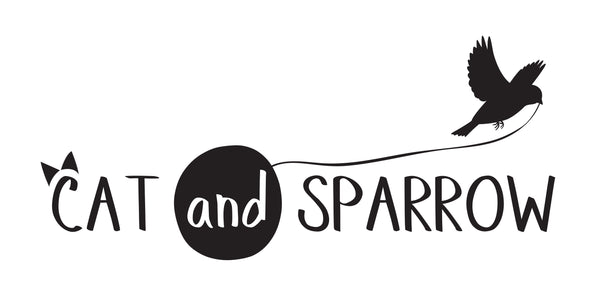One of the things I get asked most often about my fibre blends particuarly, and often my yarns as well, as, 'Will this be good for socks?'.
The answer, as it always seems to be is, 'It depends.'
The first thing to consider is, what do you want from your sock? Is it going to be an everyday, looks good with jeans, comfy, easy to wear item, or do you want it to go inside a walking boot, and be made for tramping across wintry fields? Are you a 'throw my handknit socks in the washing machine' kind of person, or do you handwash religiously?
In general, for a nice, 'wear everyday' sock, you want something that is relatively soft, but which has some strength and durability and has good elasticity. It's no fun spending hours making something lovely, only to have to darn a hole in the heel or toe after a week.
Durability - probably the most important quality - is provided in two ways. First, by the types of material you use, and second, by how those materials are spun. Let's look at types of fibres first.
Fibres
Most sock yarns contain a combination of wool and nylon. The wool is most commonly Merino, which is not particularly hardwearing and requires bolstering with the extremely durable man-made nylon. Both of these materials are relatively cheap and easy to come by.
I don't use nylon in any of my blends. Where a yarn might need strengthening I use either silk or Tencel, both of which are very durable, and both of which are breathable – something I think you might agree is vital for socks.
I tend not to use Merino either, mainly because it's not a fibre that I enjoy working with. My go to alternative is Bluefaced Leicester, which is a superb longwool, that has bags of character and strength. It can be quite pricey, however, so if you're looking for alternatives that will keep your feet toasty without wearing out in half a minute, keep in mind these characteristics:
- staple length: the longer the staple length of the wool, the stronger the yarn tends to be. This is a general rule, to be taken into consideration with other factors!
- microns: microns determine the diameter of a wool fibre. The smaller the micron count, the finer (and less durable) the resulting yarn. Most good, strong sock wools lie somewhere in the region of 22-35 microns
Now let's look at how the yarn is spun, and why that makes a difference.
Treatment
Yarn is made by twisting fibres together. The twist holds everything in place and determines how the yarn will behave. A high amount of twist will create a less flexible, but more durable yarn than a low amount. Sock yarns are generally created with a high amount of twist, although a low amount doesn't necessarily equate to a weak yarn (see Eco-Warrior Sock - low twist, high durability, thanks to the Tencel).
The number of plies in a yarn also determines how strong it is. Most commercial sock yarns have 3 or 4 plies - the more you have, the more spread out the friction on the yarn. However, fewer plies can result in a finer, airier sock, and great results can be achieved even by using a single ply sock yarn.
My picks for excellent socks wools would be:
- BFL (long, strong, soft and just gorgeous)
- Shetland (highly water resistant, strong, beautifully textured)
- Romney (strong, soft, elastic, divine)
- Wensleydale (silky, very strong, not very elastic, so should be blended with something else)
- Corriedale (plenty of strength, nice and soft)
- Polwarth (almost as soft as Merino, but a bit more durable - great blended with other fibres)
If you're looking for a blend that would give you amazing socks, allow me to suggest a few blends that I stock, and rate very highly for strength and softness:
- Exmoor Blueface/Wensleydale/BFL - this is easy to draft, and can be spun finely quite easily. It's strong, elastic and lovely to wear next to the skin.
- Polwarth/Shetland/Silk - this is very soft, nice and strong and beautifully bouncy. Your toes will be perfectly cushioned!
- Shetland/Cheviot/Alpaca - easy to draft, beautifully textured (a little 'crunchy', in a good way) and very warm. Good for walking socks.
- Romney/Polwarth/Mohair - mohair is very strong, so is a good alternative to nylon here. Romney and Polwarth play really well together. A great, slightly luxurious sock.
- BFL/Mohair/Silk - see above for mohair. This is good if you want some really fancy socks that won't disintegrate on you! On the luxurious side.
If you have any questions, give me a shout! I'm always happy to talk fibre.
Photo by rocknwool on Unsplash (I do knit socks - I'm just terrible at photographing them!!)

